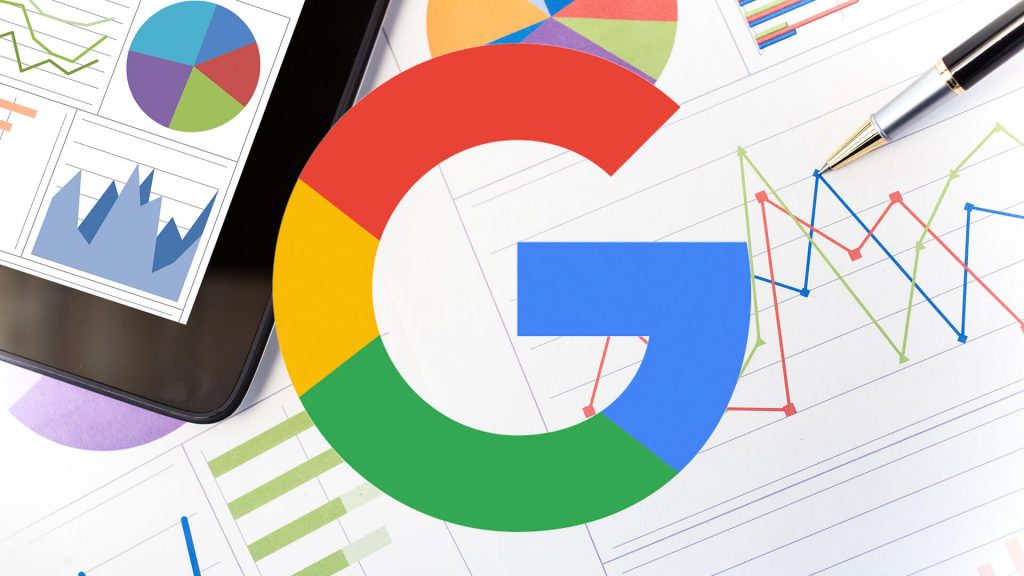How does PPC Work?
PPC Advertising is essential to help your business rank to the top of Google search pages. Pay Per Click advertising woks. Take A look at why and how PPC can help you and your brand.
What is Pay Per Click?
Pay Per click is an area of internet marketing where advertisers pay for each one of their ads is clicked on. Overall, pay per click advertising is a way to buy visits to your website. Some businesses will use pay pper click instead of getting their clicks organically. One of the most popular forms of PPC is called Search Engine Advertising.
This form of advertising helps allow advertisers to bid ad placement inside a search engine’s sponsored link. As long as someone searches a keyword relate to their business offer. For example, if we bid on the keyword “Pay Per Click,” our ad might show up in the very top spot on the Google results page.

How Does PPC Work?
Pay-per-click advertising is a wide category, which includes a large variety of platforms and mediums. However, most kinds of PPC ad campaigns can fit into one of two categories: Google Ads and Social Media Advertising.
Google PPC Ads
Google ads are another form of PPC. When you start your PPC campaign, you can pay Google however much you wi8sh and have them list ads for your website. All the way at the top and right organic search listings.
When someone clicks on your ad, you pay the current Cost Per Click (CPC) from your budget. Once your entire budget has been depleted, Google ceases to run your ads until you replenish your fund. There are several different types of Google Ads, including Search Ads, Local Search Ads, Display Ads, and Remarketing.

Social Media Advertising
Social media advertising is a must if you’re looking to reach a new, targeted audience fast. Like it or not, organic reach is harder and harder to achieve. The days of going viral without a little boost might be gone forever. Of course, it can be scary to move from an organic social strategy to putting real money on the table. So, it’s important to understand all the options.
Advertising on social is a hyper-direct way to reach the audience you want. You can target brand new customers or returning ones. (New friends! Hooray!) It’s also a chance to do some hands-on A/B testing.
What is your target group?
All the major social networks offer advertising options. That doesn’t mean you should use all of them. When choosing where to place your ads, it’s also helpful to know which networks are most popular with your target audience. Where is your target group most engaged, most concentrated and most accessible?
Targeting teens? TikTok is where to find them. Moms, meanwhile, love Facebook. Try looking at which social networks perform well organically for your brand. Where does your content naturally strike a chord with fans? This is an obvious choice for your first social ad campaigns. How Can I Get the Most Out of PPC?
Now although Pay Per Click seems easy to do, rushing headfirst into the process is not the best idea. It can go bad if you are not sure about the basic guidelines of pay-per-click advertising. Take a look at the few tips we gave below to help. You should be able to launch an effective PPC campaign that will bring new visitors to your site.

Types of Social Media Advertising
Video Ads
Facebook video ad options range from short, looping video clips that auto play in users’ feeds, to original 241-minute promoted videos for the desktop. You can also develop video ads that play within other videos (Facebook video ad Inception!), or even share 360-degree videos.
With so many options, it’s critical to have solid goals and understand who your target market is and where your video will reach them.

Facebook Ads
Facebook ads help you achieve one of three broad types of campaign objectives:
- Awareness: Build brand awareness or increase reach.
- Consideration: Send traffic to your website, increase engagement, encourage app installs or video views, generate leads, or encourage people to communicate with you on Facebook Messenger.
- Conversion: Increase purchases or leads via your site or app, make cata, or drive foot traffic to offline stores.
Slideshow Ads
A slideshow is an ad that creates a video from several static images—your own or stock images that Facebook provides.
Slideshows offer the compelling motion of video but require no video-specific resources to create. The best of both worlds! If you’re not ready to try video ads but want to move beyond static photos, slideshow ads are a great option. Plus: fun music!

Target Audiences
Audiences are groups of users segmented in a variety of ways. Most often audiences are used in re marketing. Audiences can be created based upon specific page views, time spent on site, pages per visit, and more. Similar to keywords, audiences are bid upon based on relevance. For example, advertisers may bid more to remarket to shopping cart abandons vs. homepage viewers.
Dynamic Search Ads
Dynamic Search Ads use your website to dynamically create ad headlines and landing pages to target relevant searches automatically. So, if you have a section of your website dedicated to purple shoes and someone searches about that, they’ll be served a purple shoes ad that takes them to the most relevant page.
Theoretically, advertisers with a ton of different pages, such as large eCommerce sites, could use this ad type to fill in the gaps where they haven’t specifically target with keywords. You’d avoid cross-contamination of search queries by placing all non-low search volume keywords currently enabled in your account as negative keywords to your Dynamic ads.
PPC contributes to your business goals and revenue.
This might seem obvious, but another reason why PPC is important is that it directly contributes to a business’s primary KPIs and can directly (and measurably) bring in revenue. After all, isn’t that the entire point?
Given that, as we explained above, this style of advertising gets such quick results, the fact that it also functions as a reliable source of good revenue makes it even more tempting. Why use PPC marketing when running ads across search engines, partner sites, and social media requires paying? Well according to Google, on average businesses generally get an average of $2 in revenue for every $1 they spend on Google Ads. That is an amazing ROI!

Your Business Goals
Most PPC platforms have KPIs built-in as campaign goals, allowing businesses to target specific business goals:
For search engines, ads can be designed to generate sales, leads, website traffic, brand awareness, app downloads, offline conversions, session duration, and a lot more. Social media platforms – like Facebook, Instagram, Linked In, etc. – offer similar objectives like brand awareness, product sales, video views, messages, app downloads, post engagement, etc.
This is a huge part of why using PPC advertising is so important for businesses that exist online. Major ad platforms are built around the entire purpose of helping businesses grow online with a range of ad styles that are built around your specific goals. These ad types can help businesses advertise for their specific needs as well as to measure results and track performance.
Public Relations Specialists in Orlando, FL
Orlando Marketing Firm provides the public relations that you need to achieve company goals. We will find the right medium for you – from newspapers with millions of subscribers to radio shows with thousands tuned in. Our public relations specialists will assist you in creating the “buzz” for your company, product, or service.




